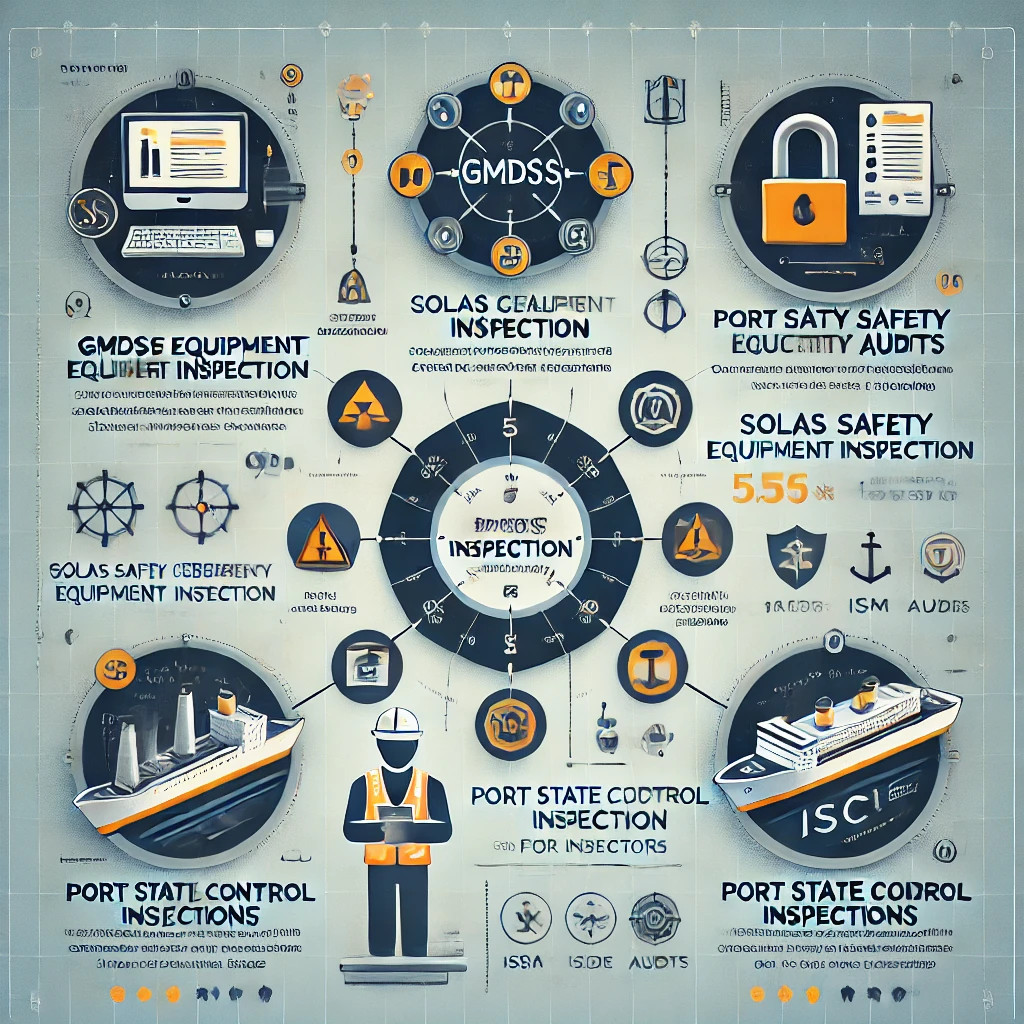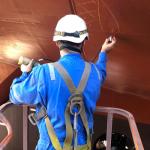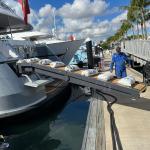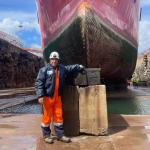Summary of Key Inspections for GMDSS Compliance and IACS Cybersecurity Standards
In today’s highly regulated maritime environment, vessel owners and operators must adhere to numerous inspection requirements to ensure compliance with safety, cybersecurity, and operational standards. The International Association of Classification Societies (IACS) and the International Maritime Organization (IMO) set guidelines that mandate regular inspections for GMDSS equipment, cybersecurity protocols, safety equipment, and overall compliance with international standards like SOLAS and ISM. Here’s a breakdown of the five main inspection types related to GMDSS and IACS standards, including their frequency, cost, and inspector certification requirements.
GMDSS Equipment Inspections:
- Objective: Verify functionality and compliance of Global Maritime Distress and Safety System (GMDSS) equipment for distress alerting and emergency communication.
- Required Certifications for Inspectors: Radio surveyor certification, General Operator’s Certificate (GOC), or similar radio operator licenses authorized by recognized classification societies.
Cybersecurity Audits (IACS E26/E27):
- Objective: Ensure compliance with IACS E26/E27 standards on cybersecurity for operational technology (OT) systems, network access controls, and threat response.
- Required Certifications for Inspectors: Cybersecurity certifications (e.g., CISSP, CISM) and specific maritime cybersecurity training (e.g., Certified Maritime Cybersecurity Specialist).
SOLAS Safety Equipment and Communication Inspections:
- Objective: Inspect communication and navigation equipment required by SOLAS to verify its readiness and safety compliance.
- Required Certifications for Inspectors: Certification as a surveyor for SOLAS equipment, typically by a classification society; some training in Ship Safety Officer or ISM Code compliance is often required.
Port State Control (PSC) Inspections:
- Objective: Conduct random safety inspections to ensure vessel compliance with maritime safety conventions, often involving GMDSS and cybersecurity checks.
- Required Certifications for Inspectors: IMO Model Course 3.09 for PSC officers and certification in maritime safety and security.
ISM Code Audits:
- Objective: Verify vessel’s Safety Management System (SMS) for compliance with the ISM Code, including GMDSS training and cyber risk procedures.
- Required Certifications for Inspectors: ISM Auditor Training Course, ISO 9001 Lead Auditor certification, and familiarity with SMS and safety management practices.
| Inspection Type | Frequency | Cost Estimate | Inspector Certification Requirements |
|---|---|---|---|
| GMDSS Equipment Inspection | Annual | $1,000–$2,500 | Certified Radio Surveyor, GOC or Radio Operator License |
| Cybersecurity Audits (IACS E26/E27) | Annual or every 5 years | $3,000–$10,000 | CISSP, CISM, or CMCS; Cybersecurity and maritime-focused certification |
| SOLAS Safety Equipment and Communication Inspections | Annual | $1,500–$5,000 | SOLAS Safety Surveyor, Ship Safety Officer |
| Port State Control (PSC) Inspection | Random (upon port entry) | Variable; fines can exceed $10,000 for non-compliance | IMO PSC Model Course 3.09, maritime safety certification |
| ISM Code Audits | Annual internal; 5-year external | $5,000–$15,000 | ISM Code Auditor, ISO 9001 Lead Auditor |
Maritime operators are increasingly required to meet stringent safety, cybersecurity, and environmental standards. Inspections such as GMDSS equipment checks and cybersecurity audits ensure that vessels are safe, secure, and compliant with international regulations. As regulatory requirements evolve, staying informed on certifications and standards will be crucial for maritime operators to avoid penalties and enhance operational reliability.





